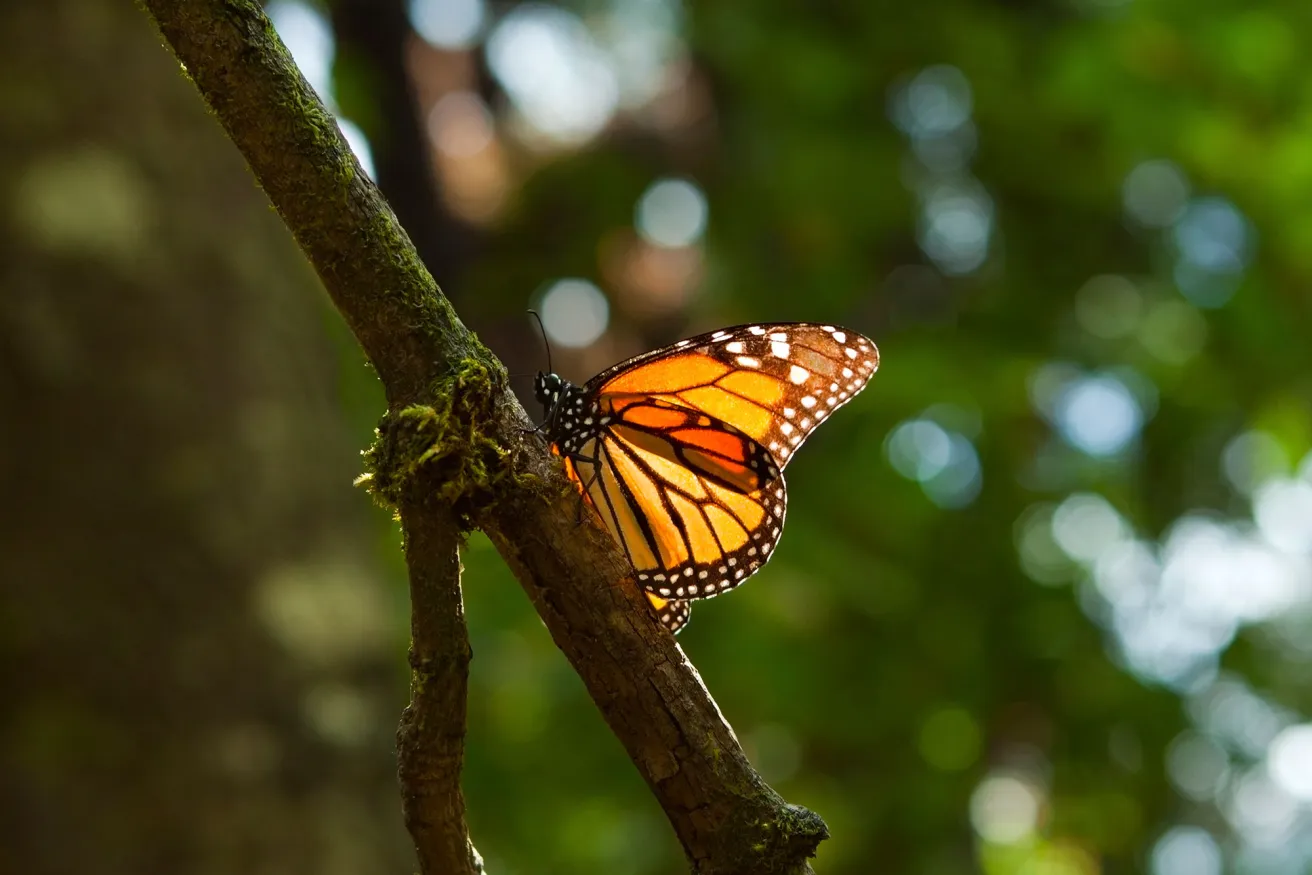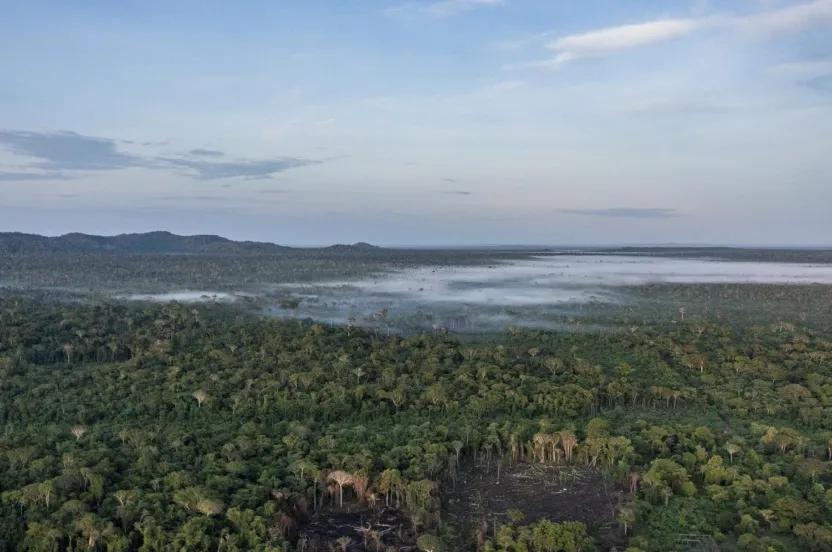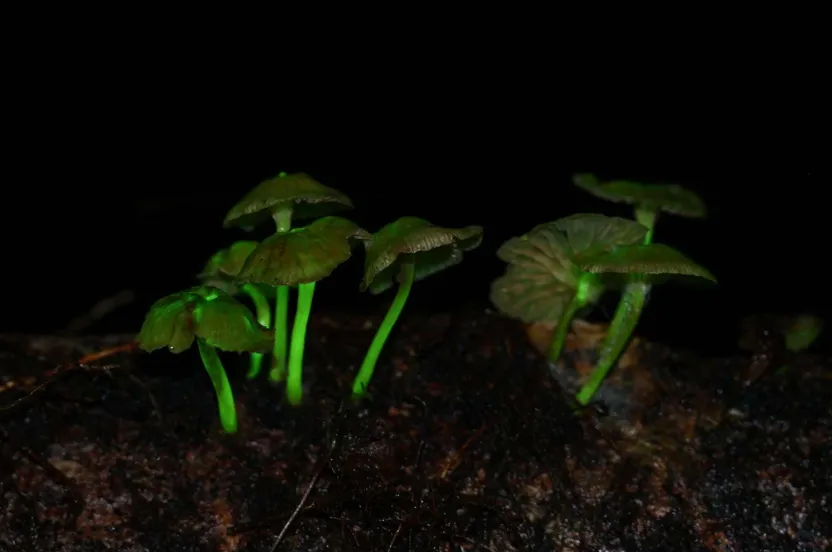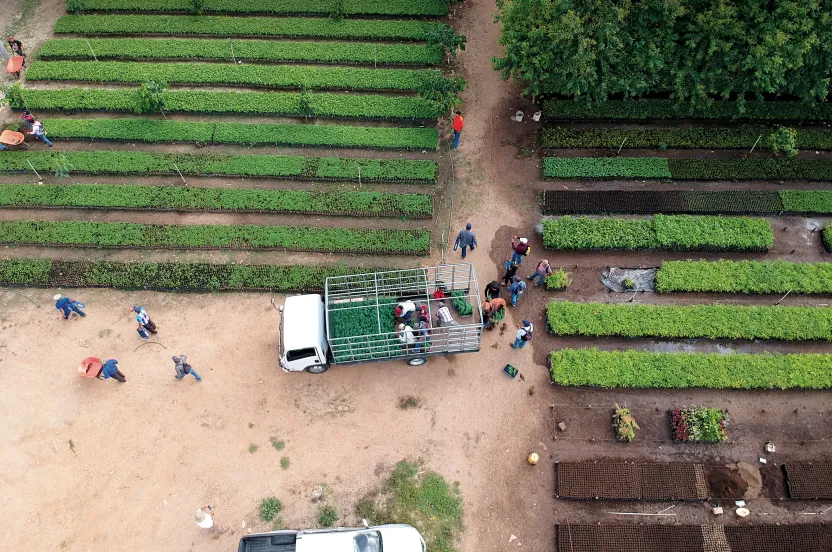Now live: The 2025 Canopy Report. Learn how Americans see trees. GET THE REPORT
The monarch is a beloved pollinator, not only for its iconic beauty but also its place in our childhood memories.
Following them as they floated along, feeling the tickle of their legs as they landed on your arm, watching in awe as they emerged from a cocoon.
Unfortunately, in July of 2022, the migratory monarch butterfly reached a milestone the world hoped it would never see — it was officially listed as endangered by the International Union for Conservation of Nature (IUCN). While research and data in recent decades have indicated that this was coming, the announcement was a blow.
According to the IUNC, the western migratory monarch population has declined by approximately 99.9% between the 1980s and 2021. The larger eastern population has declined by approximately 84% from 1996 to 2014.
What has led to this drastic decline? Ultimately, this is on humans. Heavy logging and deforestation have reduced habitat in the winter grounds of California and Mexico. Heavy pesticide and herbicide use in agriculture has affected not only the butterfly itself but also the milkweed that serves as the primary host plant of monarch larvae. And climate change has taken its toll in multiple ways, causing widespread drought and higher temperatures.
Fortunately, the Arbor Day Foundation and its international network of planting partners — in this instance Land Life Company — is working to restore monarch habitat in Mexico.
Because a tree can be a home.
The connection between monarchs and trees
Most people will think of flowers rather than trees when they think of butterflies, but the oyamel forest in Mexico’s Monarch Butterfly Biosphere Reserve is critical for the survival of the migratory monarch species. Known as Zona Nucleo, this forested area in Michoacán, Mexico, is a UNESCO World Heritage site and breeding ground for the butterflies.
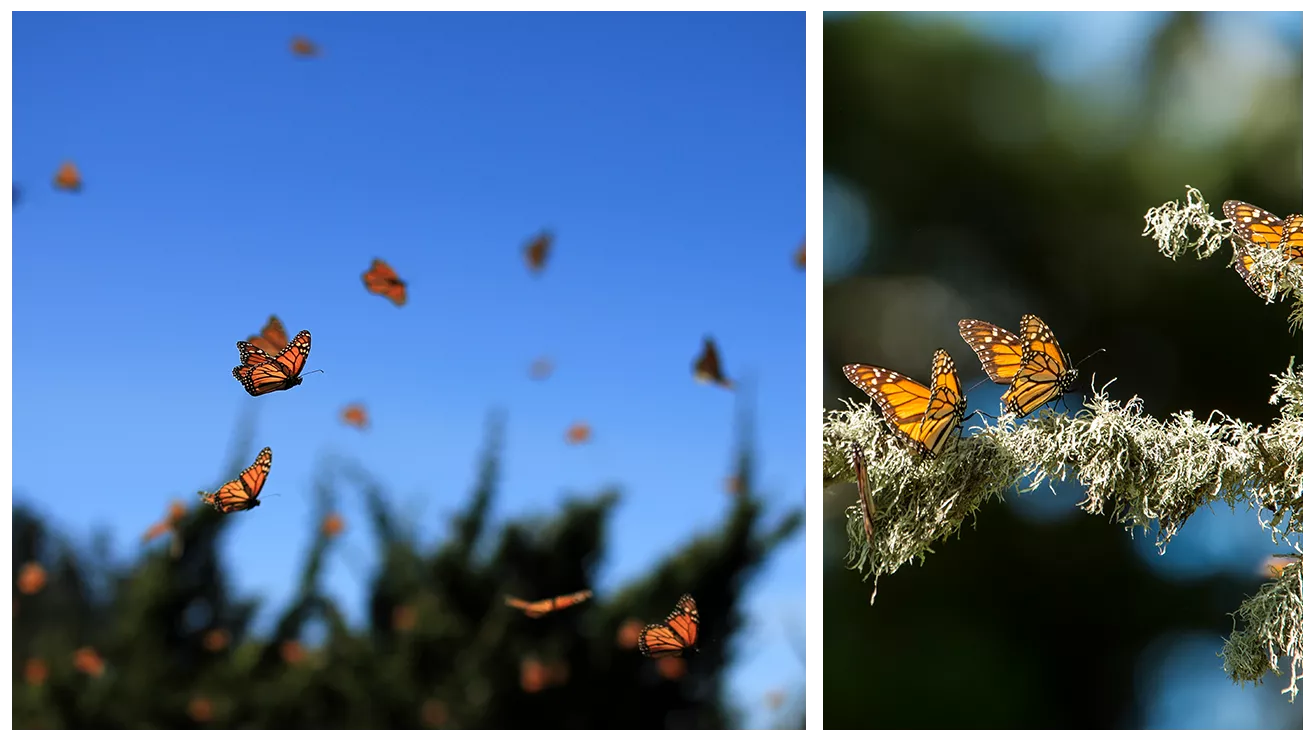
Each year, millions of monarchs migrate to the region from as far away as Canada to spend the winter among the oyamel trees — fir trees that protect the butterflies from seasonal rain and cold. Amazingly, each tree can shelter as many as 20,000 butterflies. However, nearly 25% of this already-limited habitat has been ravaged by illegal logging and wildfires.
Forest restoration is critical
Restoring the oyamel forest is a priority, as it means not only the survival of the migratory monarch but the continuation of all the biodiversity the butterfly supports as a pollinator.
Efforts are underway to replant this forest cover, with a focus on restoring the native landscape. The local community has also gotten involved, starting 24-hour surveillance to help stop illegal logging. And local farmers are learning innovative tree planting techniques to more effectively add to the tree canopy.
With the help of strong partnerships, the protection and restoration of the monarch’s winter habitat is possible. And that is one step closer to a world where these butterflies can once again thrive.
